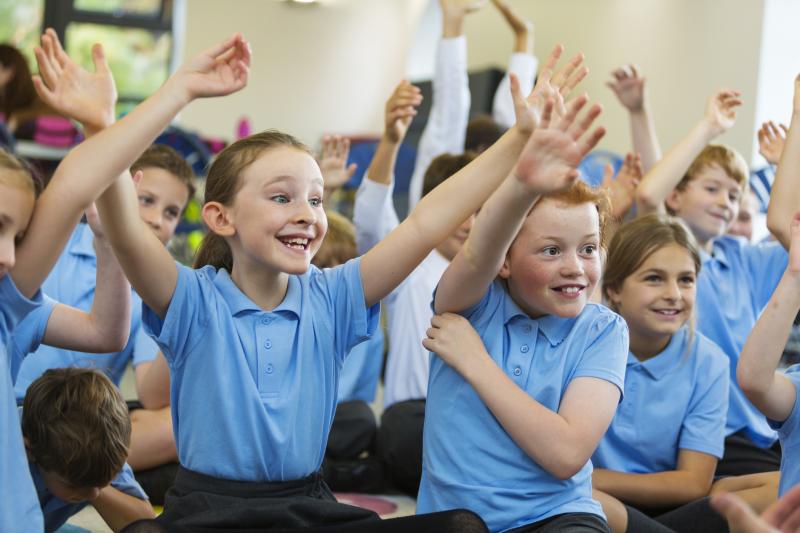Ian Holmes and Bryn Llewellyn, co-directors of Move & Learn, explain the research and reality behind physically active learning and why it is especially important right now.

There is plenty of evidence of the negative impact of COVID lockdowns on our children and their development.
The problem is that we too often compartmentalise these into ‘academic’ (when we are usually referring to Maths and English), ‘enrichment’ (ultimately meaning what should be in the wider curriculum) and ‘health and wellbeing’.
The words ‘catch up’ and ‘recovery’ are currently commonplace and schools are being expected to put plans into place to address any gaps they have identified. However, lockdown has really accentuated an existing tension between health and education:
We all know that physical activity can improve health and fitness, and help us to maintain a healthy weight, but there are many other benefits:
The key here to ask school leaders and school staff is why wouldn’t you want children in your class/school to benefit from these outcomes?
All of these factors contribute to a child’s readiness or ability to learn. For example, if they have had more sleep, they will be able to concentrate in class better, and therefore able to learn more effectively.
So ensuring all children have had sufficient physical activity will ultimately drive not only personal development (both physically and mentally) but behaviours and attitudes too.
In fact, regular physical activity – increasing the time spent in physical education and active classrooms – not only protects schoolchildren’s health but also improves their academic achievement.
This is the finding of a wide-ranging review on physical activity and academic achievement carried out by WHO/Europe (February 2021) as part of its drive to ensure that young people get at least 60 minutes of moderate-to-vigorous physical activity every day.
Therefore, as we move forward, we have to encourage school leaders and staff to consider how they can support children’s holistic development, whilst recognising the different improvement agendas they are juggling.
This is why we need to support them in finding synergies between promoting and providing more physical activity (both in and out of school), whilst still providing a high-quality education for all.
The aspect of the school day where schools can make the most difference is currently the most sedentary time for children lesson time!
We would recommend schools considering the structure of lessons and whether aspects of the curriculum can be delivered using movement either indoors or outdoors.
The key is to not lose the purpose of the learning and to ensure any physical activity is related to this learning.
For example, if you are focusing on retrieval of knowledge, get the children to actually go and retrieve it. If you want children to connect or share learning then facilitate purposeful movement so they learn from classmates other than the person they are sitting next to.
We’ve also found that reducing sedentary time through light physical activity helps to keep children calm and reduces behavioural disruption. So consider breaking lessons into shorter chunks that incorporate movement to let children refocus.
There is plenty that can be done on limited resources – focus on playful movement that builds fun and social connections, not just fitness and exercise.
Consider the social environment too. Are teachers encouraged to take risks with their approach to teaching and learning? Do they have opportunities to share their ideas and experiences with each other?
Motivation will come if schools start with small steps that have clear outcomes for children in relation to both their physical activity and also their learning.
Perhaps when reviewing their weekly timetable, school staff could be encouraged to consider a broad and balanced curriculum in the widest sense – not just whether they have the right mix of curriculum subjects, but also considering where children have the opportunity to move and learn, so that sedentary and active time are balanced across the week.
How will your school Move and Learn more?